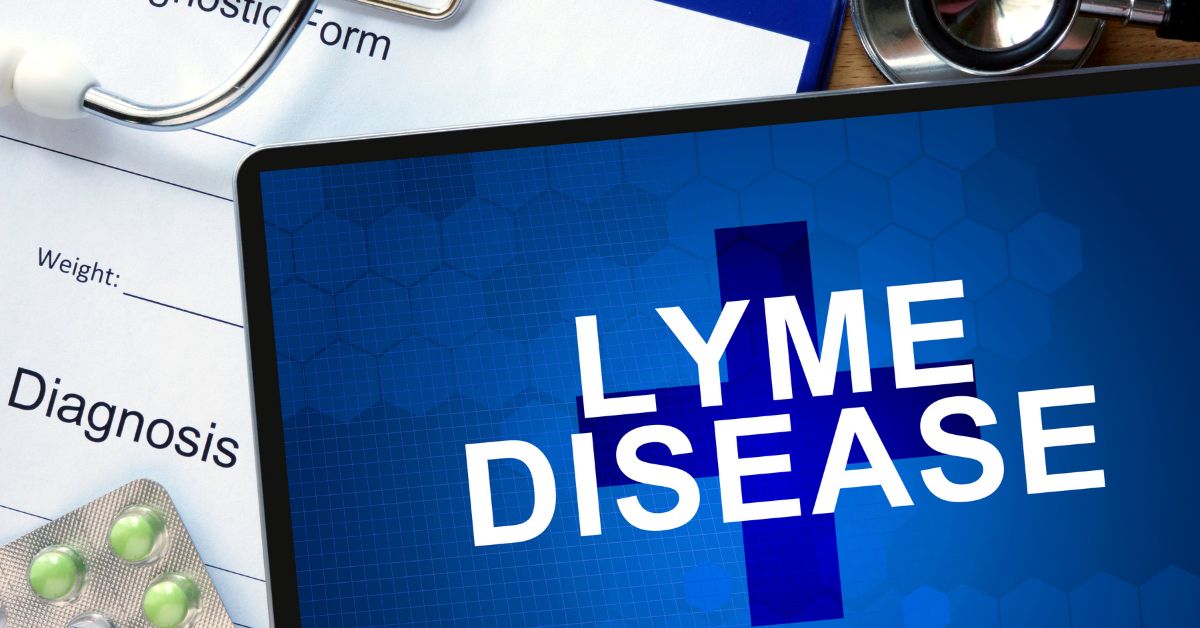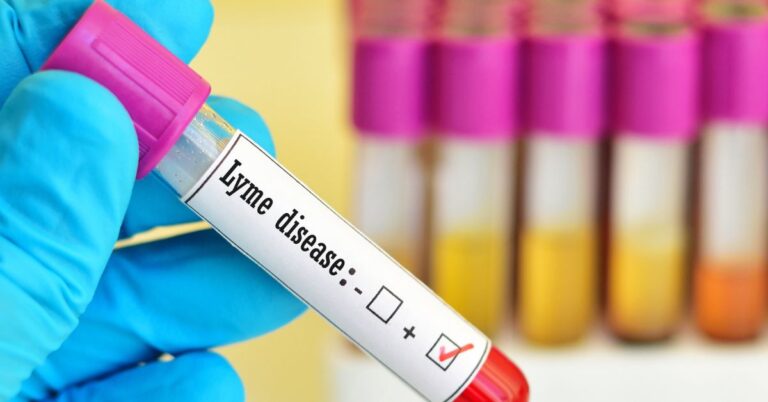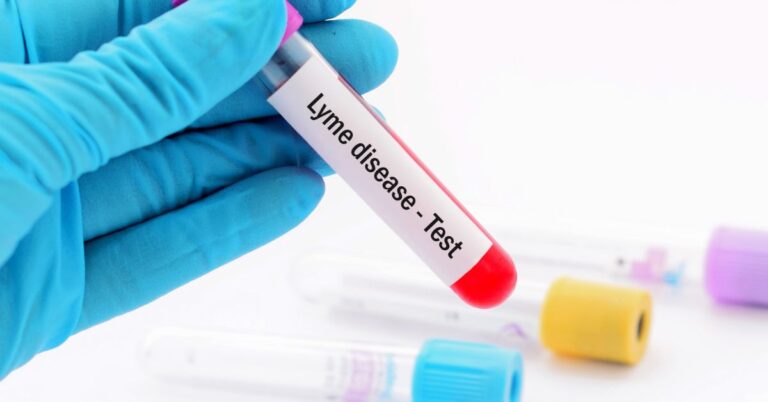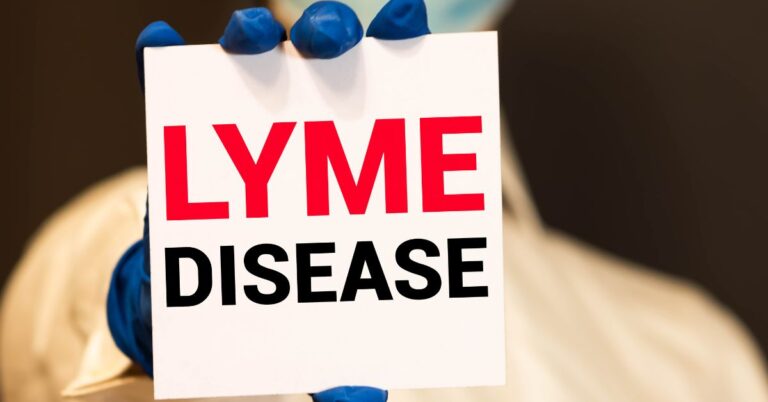What Is Lyme Disease? The Hidden Infection Spreading Fast
Lyme disease, a tick-borne illness that used to be a bit of a mystery, is now one of the fastest-growing infections in the US and the UK. It’s often misdiagnosed and misunderstood, but it’s caused by a bacteria called Borrelia burgdorferi and can cause serious health problems if you don’t get it early.
In recent years, climate change, urban sprawl, and increased tick activity have fueled a noticeable surge in cases across both countries. As public awareness grows, experts stress the importance of recognizing early Lyme disease symptoms and understanding how the infection spreads.
What Causes Lyme Disease, and How Does It Spread?
Lyme disease is spread by the bite of infected black-legged ticks, also known as deer ticks in the U.S. and castor bean ticks in Europe. These sneaky ticks often hide on our skin, like behind the knees, in the groin, or on the scalp, making it tough to spot them.
Dr. Amesh Adalja, a senior scholar at the Johns Hopkins Center for Health Security, explains that ticks need to be attached for 36 to 48 hours before the bacteria can spread. That’s why removing ticks early is one of the best ways to prevent getting sick.
Lyme disease is most common in the Northeast, Midwest, and Pacific Northwest of the U.S. In the UK, cases are on the rise in rural areas of Scotland, Wales, and southern England, especially during the warmer months from April to October.
What Are the Symptoms of Lyme Disease?
Lyme disease symptoms can vary depending on how far along the infection is. Early diagnosis is super important to avoid serious, long-term health problems.
Early-Stage Lyme Disease Symptoms:
- Fever and chills
- Fatigue
- Headache and muscle aches
- Swollen lymph nodes
- Erythema migrans (bullseye-shaped rash)—seen in around 70–80% of cases
Later-Stage Symptoms (if untreated):
- Joint pain, particularly in large joints like the knees
- Facial palsy (Bell’s palsy)
- Numbness or tingling in the hands or feet
- Heart palpitations or irregular heartbeat
- Short-term memory issues or brain fog
Lyme disease can be tricky to diagnose because it can look like other conditions like fibromyalgia or multiple sclerosis, says Dr. Sarah Jarvis, a general practitioner and medical broadcaster based in the UK.
For more detail, see the Mayo Clinic’s Lyme disease symptom guide.
Study Findings: New Research on Lyme’s Global Reach
Listen up, folks! Recent research has uncovered some concerning trends. A study published in BMJ Open in 2024 revealed that Lyme disease is being underreported by a whopping 50% in the UK. And guess what? Many cases are being misdiagnosed as the flu or chronic fatigue.
In the U.S., the CDC estimates that approximately 476,000 people are diagnosed and treated for Lyme each year, though actual infections may be higher (CDC Lyme Disease Data).
A 2025 review in the Lancet Infectious Diseases journal revealed that Lyme disease is spreading to new areas, including urban parks and coastal towns. This is because changing land use and warmer temperatures are disrupting the habitats of ticks.
Public Health Impact: Why Lyme Disease Deserves Your Attention
Lyme disease isn’t contagious, but it sneaks up on you through tick bites and can be hard to spot in the early stages. If left untreated, it can cause serious problems like brain damage, joint issues, and chronic fatigue, which can really mess with your daily life.
“Lyme disease is becoming a bigger concern for public health, especially in places where people don’t usually get it,” says Dr. Monica Shoff, MD, from the Mayo Clinic. “We’re asking doctors and patients to think about Lyme as a possible reason for strange symptoms, even in unexpected places.”
Governments and health organizations in the US and UK are increasing tick surveillance, public education campaigns, and developing improved diagnostic tests to help catch the disease sooner.
How to Protect Yourself from Lyme Disease
The good news? Lyme disease is preventable. Here are proven ways to lower your risk:
Prevention Tips from the CDC and NHS:
- Wear long sleeves and trousers when walking in wooded or grassy areas
- Stick to marked trails and avoid brushing against vegetation
- Use EPA-approved insect repellents with DEET or picaridin
- Perform full-body tick checks after being outdoors
- Shower within 2 hours of coming indoors to help remove unattached ticks
- Remove ticks with fine-tipped tweezers, grasping close to the skin and pulling straight out
- Monitor for symptoms for up to 30 days after a tick bite
More prevention info:
What to Do If You Think You Have Lyme Disease
If you suspect Lyme especially if you’ve had a recent tick bite or outdoor exposure see a doctor immediately. Diagnosis often includes a combination of symptom evaluation, tick exposure history, and blood tests for Lyme antibodies (though early tests may be negative).
Dr. Raj Patel, a family physician, says that starting antibiotics early is the best way to make sure you get a full recovery. Even if the test doesn’t give a clear answer, your doctor might still start treatment based on what they think is best.
If your symptoms persist even after treatment, you might be dealing with Post-Treatment Lyme Disease Syndrome (PTLDS). This condition requires extra care and support.
Don’t Let Lyme Disease Go Undetected
Lyme disease, once a rare and isolated illness, has emerged as a significant public health concern on both sides of the Atlantic. While its early symptoms may be subtle, ignoring them can have long-lasting consequences.
Whether you live in a Lyme hotspot or just love spending time outdoors, knowing the basics about Lyme disease, how it spreads, and how to spot early signs can help keep you and your loved ones healthy. Stay informed, stay protected, and always check for ticks!
Check out the healthlynic ✔️approved range of products for Weight Loss, Improve metabolism and much more!







